Our History
Much has changed since Ardingly College was founded nearly 170 years ago by The Reverend Nathanial Woodard. One thing that remains constant, however, is our forward-looking and pioneering spirit; from being one of the first public schools in the UK to become truly coeducational, to embracing an international perspective by the introduction of the IB at Sixth Form and opening international schools. Another constant is that Ardingly remains a values-led community. Today, we seek to express the Christian values of our foundation in a way that is meaningful to children of all faiths and none. We hope you enjoy this timeline which highlights key milestones in the College's illustrious history.
The Archive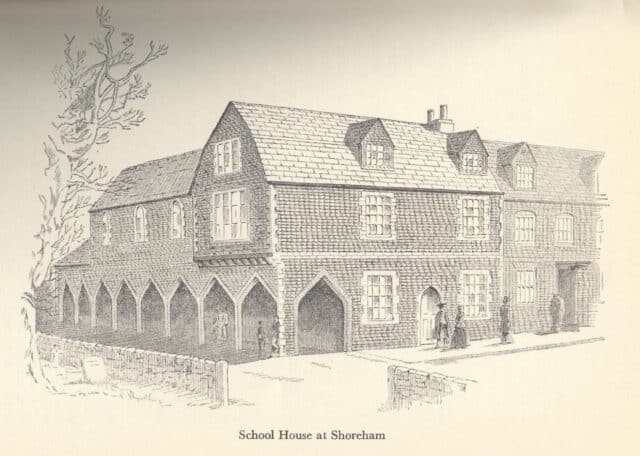
1858
St Saviour's School, Shoreham is founded by the Reverend Nathaniel Woodard for “the sons of tradesmen, small farmers, mechanics and others of limited means”
Read more
1858
St Saviour's School, Shoreham is founded by the Reverend Nathaniel Woodard for “the sons of tradesmen, small farmers, mechanics and others of limited means”
St Saviour's was the third school founded by Woodard, after Lancing (1848) and Hurstpierpoint (1849) Colleges. It was also his “third tier” school, designated for the lower middle classes, and the fees were kept low. Just one pupil arrived on the very first day in April 1858, followed by six more by the end of the month.
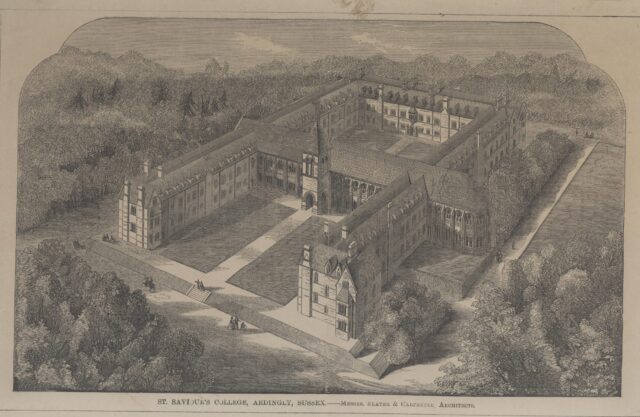
1870
St Saviour's School moves to Ardingly
Read more
1870
St Saviour's School moves to Ardingly
In 1862, Woodard bought 196 acres of land near Ardingly for his school. Building work started in 1864 with the laying of the foundation stone, and the school moved to Ardingly in June 1870. The architects’ ambitious vision was not realised and the buildings were incomplete when the boys moved in. The site consisted of only two wings (School House & South School, then known as Headmaster's House), and the Dining Hall block. A third wing, North School, was built in 1880. Conditions were bleak - there was no running water, heating or lighting.
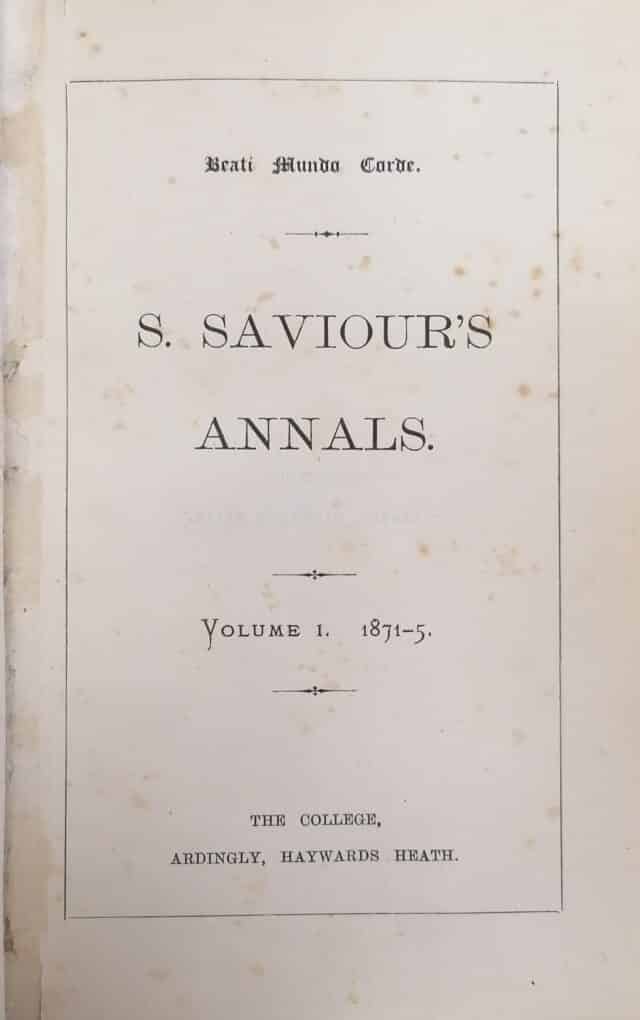
1871
The Annals, the school magazine, is published for the first time
Read more
1871
The Annals, the school magazine, is published for the first time
The Annals is still published annually today, and whether you’re reading an 1871 number or the most recent offering, you’ll find sports write-ups and school updates.
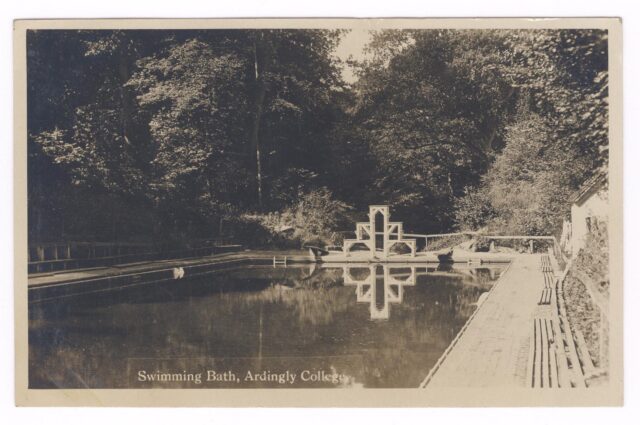
1875
The outdoor swimming bath is built
Read more
1875
The outdoor swimming bath is built
“The possession of such a luxury” was “most thoroughly appreciated by all” (July 1876 Annals). Today’s heated indoor pool sits in the same spot as the original 19th century swimming bath.
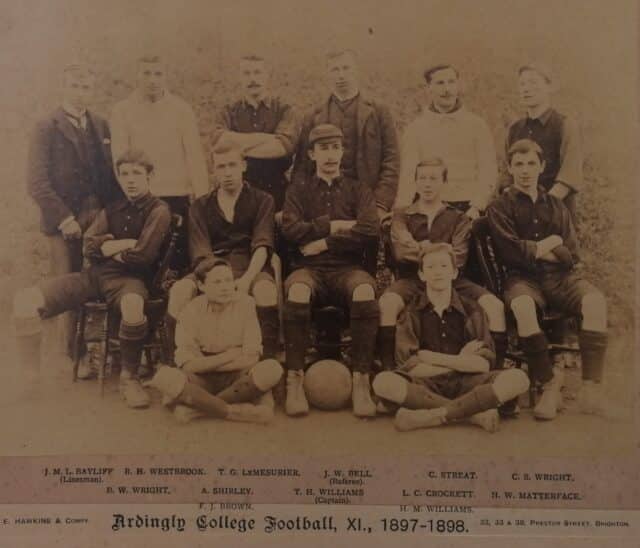
1875
The first inter-dormitory football tournament is held
Read more
1875
The first inter-dormitory football tournament is held
Pupils had been playing football for years – against other schools, local teams and Ardingly's Old Boys (in 1873, the College vs Old Boys match was 25-a-side as too many people wanted to play!), but it wasn’t until 1875 that the first inter-dormitory football tournament took place.
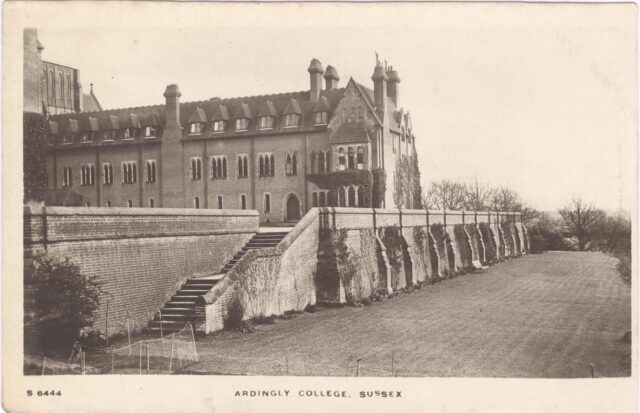
1878
The Terrace is carved out
Read more
1878
The Terrace is carved out
The carving out of the Terrace was funded by H.M. Gibbs, an Old Boy of Lancing and an early benefactor of Ardingly.
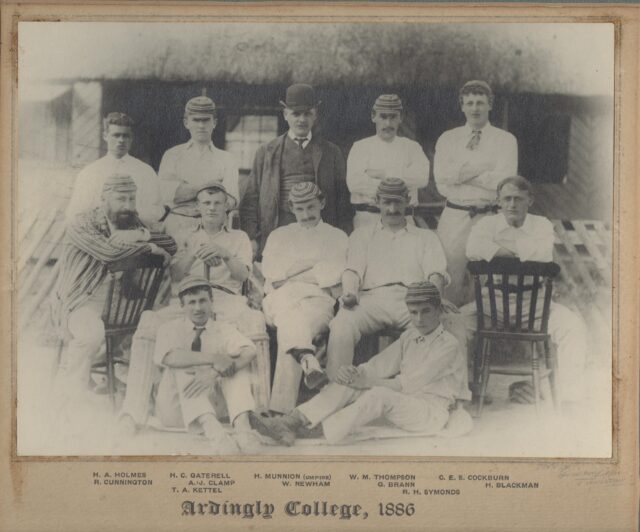
1881
Ardingly College wins every cricket match
Read more
1881
Ardingly College wins every cricket match
This photograph is of the 1886 team rather than the 1881, but it is wonderfully evocative of the time period. Spot Sussex County Cricketers and Old Ardinians George Brann and William “Billy” Newham. Other 19th century cricketing successes include a June 1883 match where the College scored a huge 672 runs against the MCC!
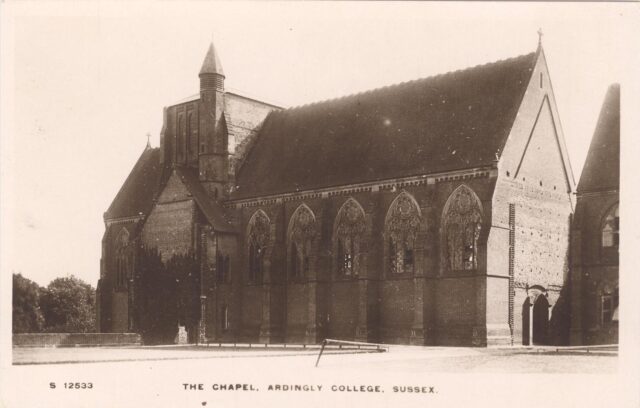
1883
The Chapel is dedicated
Read more
1883
The Chapel is dedicated
Building work started on the Chapel in 1875 but it wasn’t completed until 1883. Before then, services had been held in the assembly room.
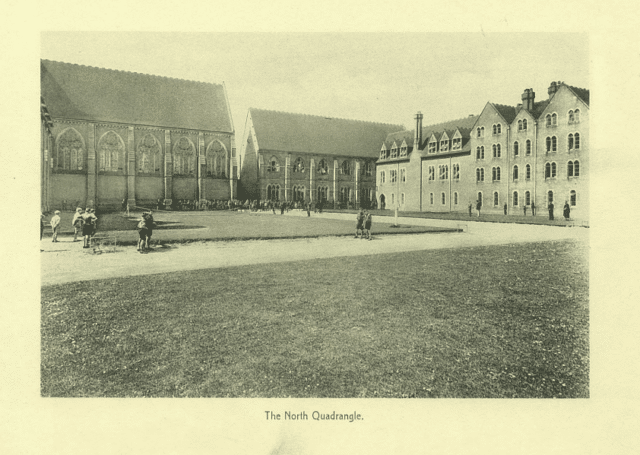
1912
The Junior House – precursor to the Prep School – is established for the youngest pupils
Read more
1912
The Junior House – precursor to the Prep School – is established for the youngest pupils
Junior House – or JH – was based in North School. Before this, boys of all ages between 8 and 18 housed together indiscriminately in the dormitories.
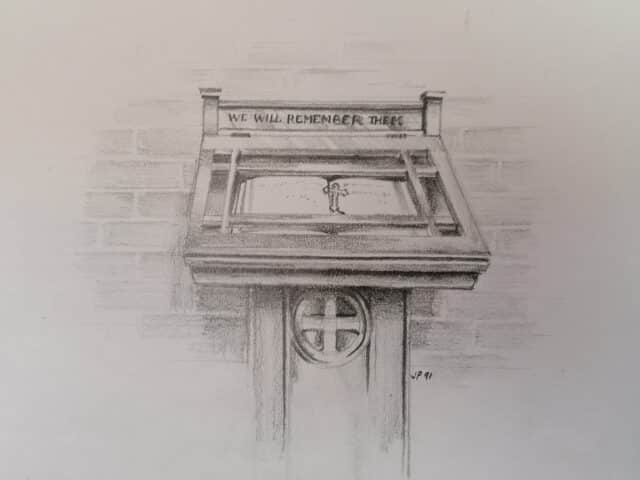
1914-18
The First World War
Read more
1914-18
The First World War
More than 1000 Ardinians (masters and alumni) fought in the war, and more than 150 died. The war memorial was unveiled in the Chapel in 1921, and the Book of Remembrance is on display in the Crypt. The Roll of Honour was published termly in the Annals, and a separate volume was produced in 1920.
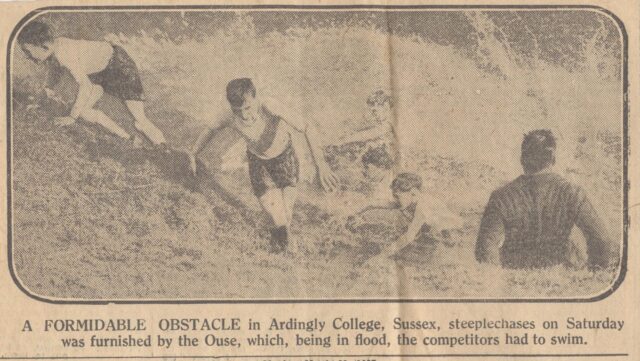
1927
The River Ouse floods – but the annual Steeplechase goes on
Read more
1927
The River Ouse floods – but the annual Steeplechase goes on
Ardingly's Steeplechase (or Steepo) has been a fixture in the calendar since at least 1872. In 1927 the River Ouse flooded, but rather than cancel the race the boys had to swim across – and at least one needed rescuing by a master! Today's course has no river crossings!
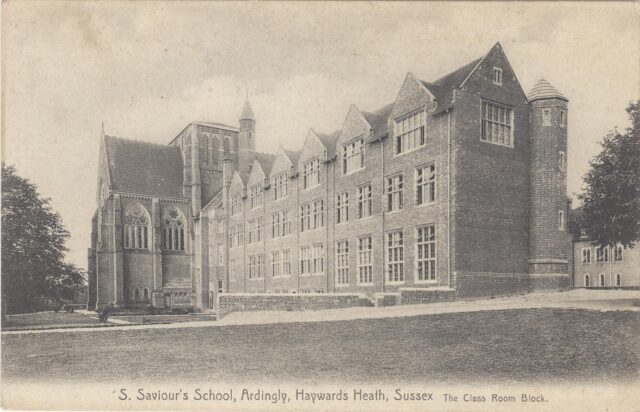
1927
The New Wing is built, completing the “H” shape of the main buildings
Read more
1927
The New Wing is built, completing the “H” shape of the main buildings
The first steps in the construction of New Wing were made in 1913 – plans were made, foundations were dug and a foundation stone was ceremonially laid. Progress halted due to lack of funds and the outbreak of war. In 1926 the building of New Wing re-commenced and when completed in 1927 it greatly improved the school’s facilities. It provided not only desperately needed classrooms but also an art room, gymnasium, vestry, music rooms and some changing rooms.
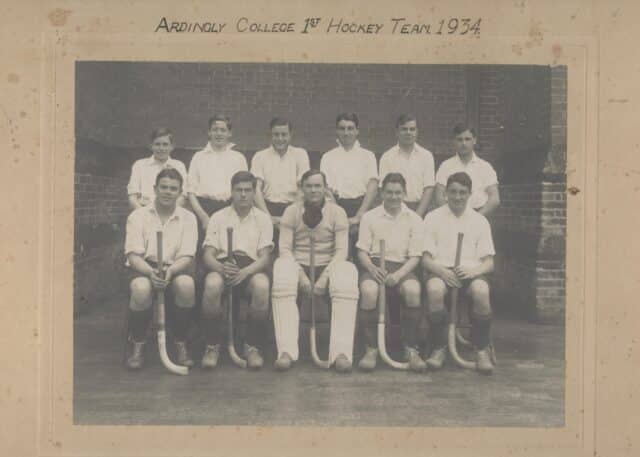
1934
The College plays its first hockey season
Read more
1934
The College plays its first hockey season
There are reports of hockey being played at the College from as early as the 19th century, with the first short-lived attempt at formalising it coming in 1914. It wasn’t until E. Winnington-Ingram – a Hockey Blue – joined the staff in 1933 that things advanced, and the first formal hockey season was played in 1934.
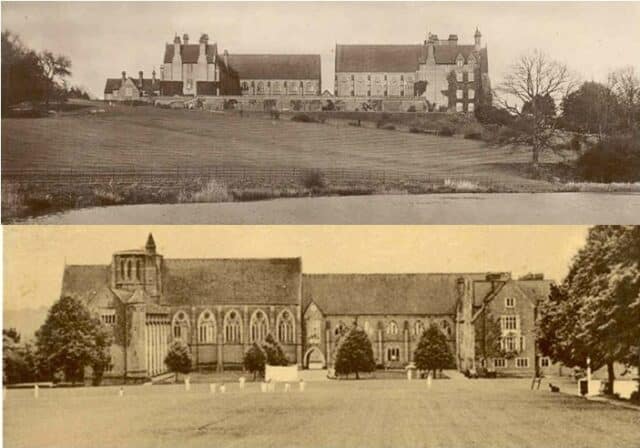
1938
The Gap is filled in, creating the Archway as we know it today
Read more
1938
The Gap is filled in, creating the Archway as we know it today
While the central arch was built in 1894, there was nothing else linking the Chapel and Dining Hall buildings until 1938 when the gap was finally fully filled in. The room above the Archway – for a long time the prefects’ study – was known as “the Gap” for years afterwards.
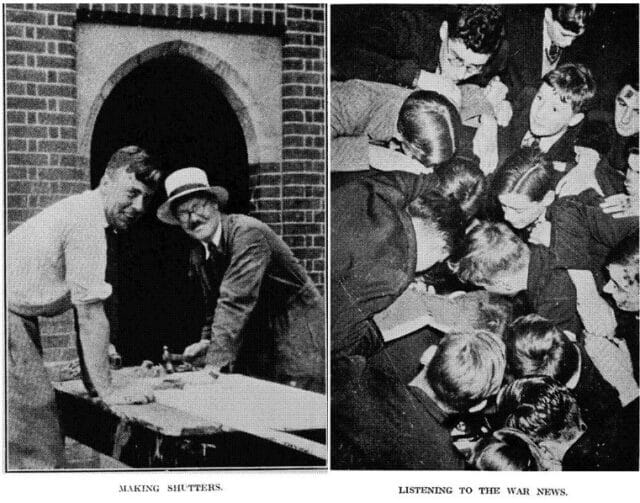
1939-45
The Second World War
Read more
1939-45
The Second World War
The Reverend E. C. Crosse (Headmaster 1933-46) wanted life at Ardingly to carry on as normally as possible, and the College remained open throughout the Second World War. There were definite changes to daily routines, though. All windows in the College (12,000 square feet of glass) were covered with blackout paper, prefects had special “fire duties” and the College established its own Land Army – which had produced over 100 tons of potatoes by the end of the war. The College buildings were even taken over by General Montgomery and his staff for a tactical exercise for two nights in December 1941. 88 Ardinians died fighting in the Second World War. Their names are included in the Book of Remembrance in the Crypt, and a Roll of Honour was published in the Annals.
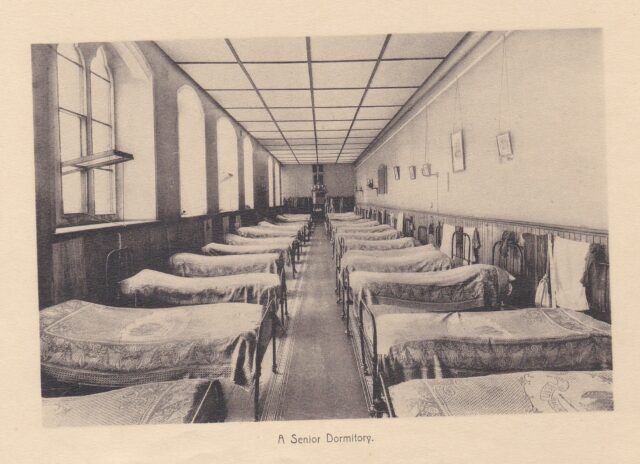
1948
House names are introduced
Read more
1948
House names are introduced
The seven dormitories were known by the letters A-G until the Reverend George Snow (Headmaster 1946-61) introduced house names in September 1948. The names were taken from previous headmasters and benefactors: Mertens, Hilton, Lewington, Gibbs, Rhodes, Lea and Warren. A further house, Crosse, opened in 1956. The eight houses remained almost unchanged until 1991, when they were merged into four. Those named after headmasters remained, but Lewington, Gibbs, Lea and Warren were retired.
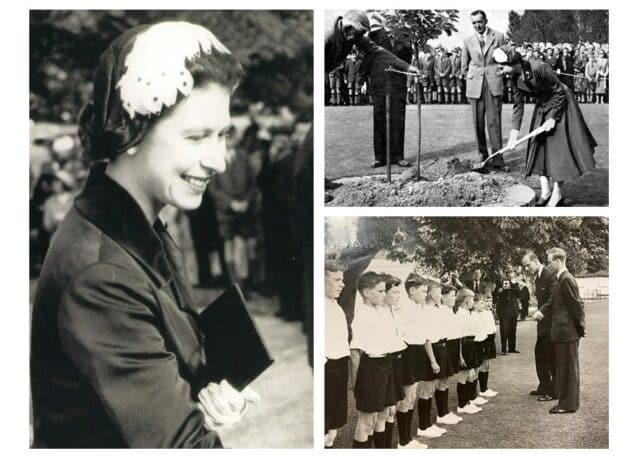
1958
Ardingly celebrates its centenary with visits from HM Queen Elizabeth II & Prince Phillip, and the Prime Minister, Harold Macmillan
Read more
1958
Ardingly celebrates its centenary with visits from HM Queen Elizabeth II & Prince Phillip, and the Prime Minister, Harold Macmillan
The Queen and the Duke of Edinburgh visited on 9 June 1958. It's said that their tour route could be identified for years afterwards as it was the only part of the school to have been freshly painted! The Prime Minister was the guest of honour at the Centenary Lunch on 14 June.
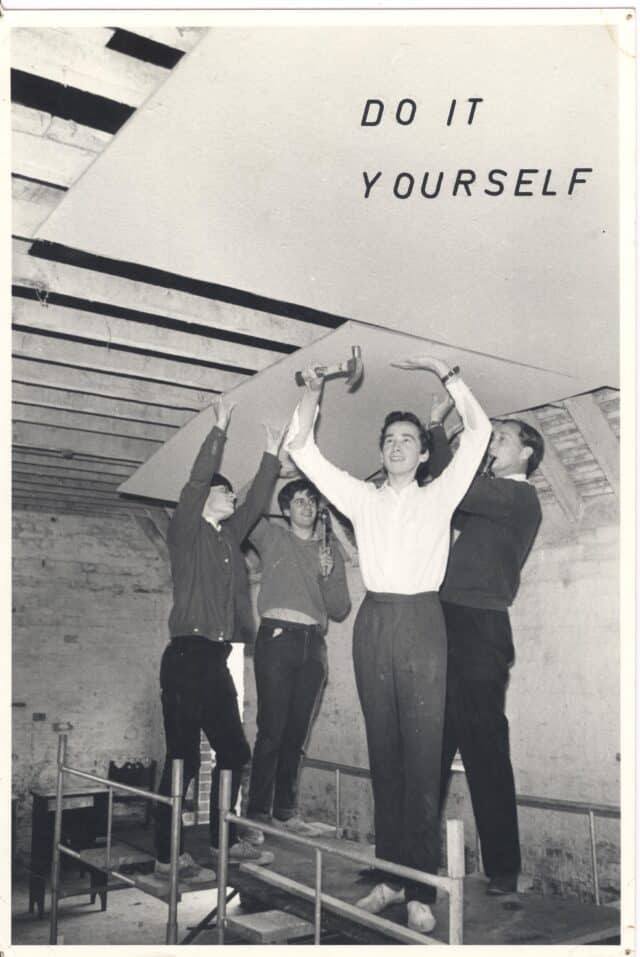
1966
The College takes over College Farm
Read more
1966
The College takes over College Farm
The farm was part of Woodard's original land purchase in 1862. It was rebuilt from 1878-81 when H. M. Gibbs, a benefactor of the College, employed architect William Butterfield to design new farm buildings, including a beautiful octagonal buttery. Owned by the College, the farm operated as a working farm until 1966 when the last tenant farmers left. The College took control of the site and in a fit of "Do It Yourself" from 1967-74, boys and masters renovated the buildings themselves, turning them into spaces useful to the College. This included an Art School, social space, tuck shop, an activities centre and staff accommodation.
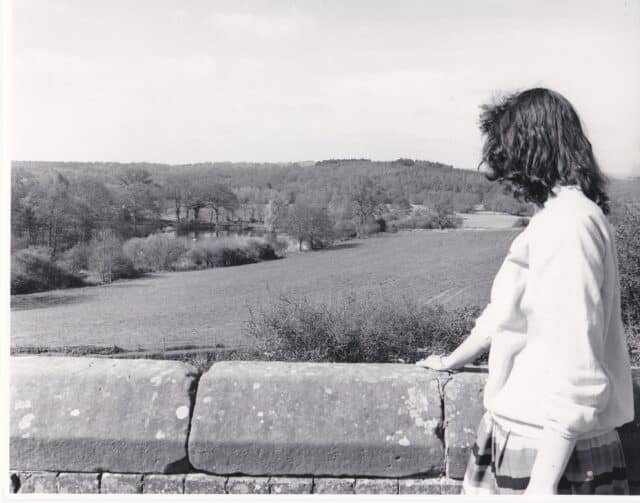
1972
The first girls start in the Sixth Form
Read more
1972
The first girls start in the Sixth Form
Just three girls started in September 1972. They joined a senior school of more than 300 boys. The journey to co-education carried on into the 1980s: 1982: First girls in Shell (Year 9) 1983: First girls’ boarding house (Woodlands) 1984: Girls in all years of the Senior School 1986: First girls in the Junior School
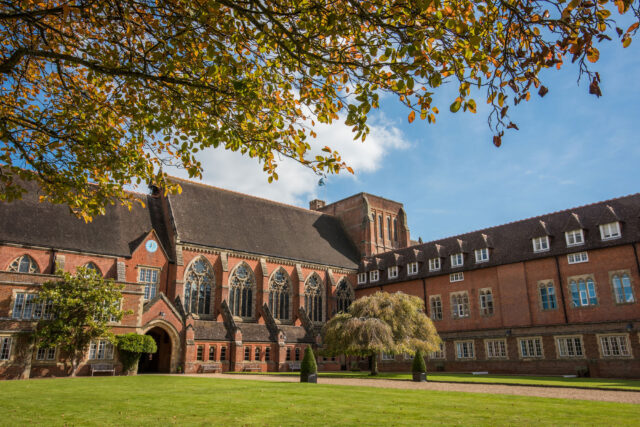
1976
Day boys join the Senior School
Read more
1976
Day boys join the Senior School
The first day boys had joined the Junior School nine years earlier in 1967. Along with the first girls, the introduction of day pupils was a huge shift in the ethos and identity of the school.
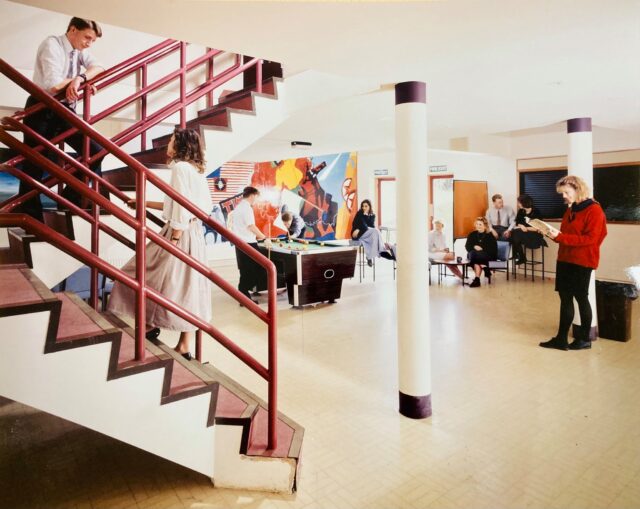
1988
Girls’ houses are established and Woodard House, a mixed boys’ and girls’ Upper Sixth house, opens
Read more
1988
Girls’ houses are established and Woodard House, a mixed boys’ and girls’ Upper Sixth house, opens
Until 1988, girls joined the pre-existing boys' houses. Boarding girls developed a joint identity, being members of both their boarding house (Woodlands) and their boys' house. In 1988, Aberdeen, Bulteel, Neal and Toynbee Houses opened for girls. Bulteel House was retired in 1999. Also in 1988, Woodard House opened for the entirety of Upper Sixth. Boys and girls occupied separate wings of this new house. In 2013, Woodard Boys and Girls moved into Godwin Hall, a modern, purpose-built day and boarding house.
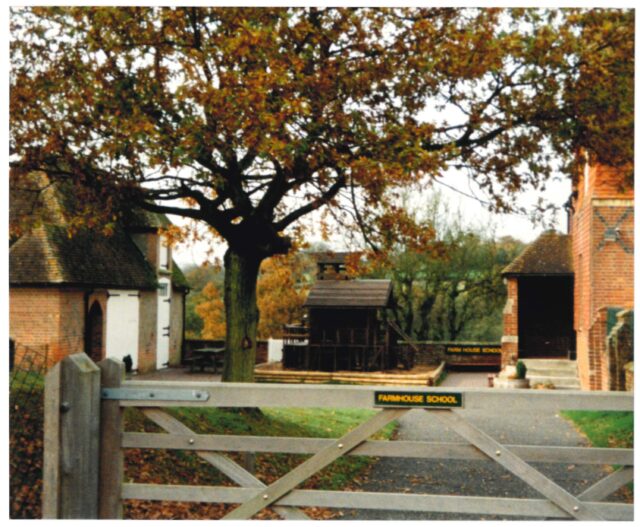
1993
The Pre-Prep opens in the farmhouse
Read more
1993
The Pre-Prep opens in the farmhouse
Over the years the Pre-Prep expanded into the rest of the farm buildings as Senior School activities migrated back up to the main site.
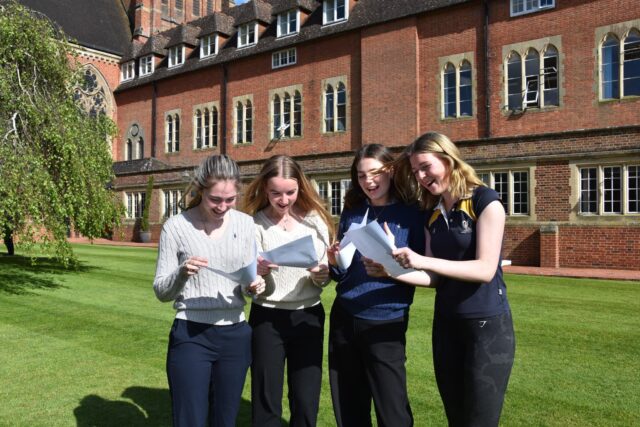
2001
Ardingly starts offering the International Baccalaureate (IB)
Read more
2001
Ardingly starts offering the International Baccalaureate (IB)
The first IB cohort began their studies in 2001, sitting their final exams in 2003. Today, A Levels, BTECs and the IB are all offered in the Sixth Form.
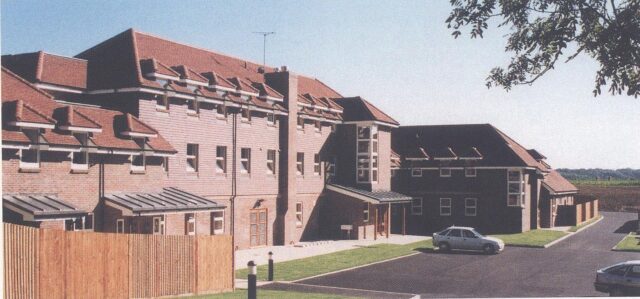
2003
Purpose-built boys’ boarding houses open
Read more
2003
Purpose-built boys’ boarding houses open
The dormitories finally moved out of the main school building, where they had been since 1870.
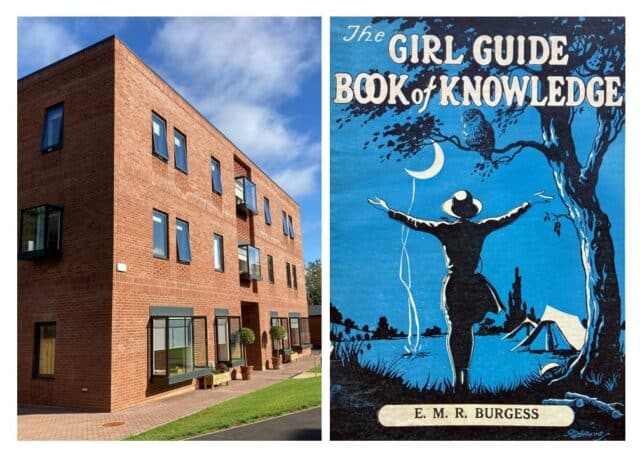
2019
Burgess House – a girls’ day house – opens, named after the first woman to be a permanent member of the teaching staff
Read more
2019
Burgess House – a girls’ day house – opens, named after the first woman to be a permanent member of the teaching staff
Burgess House brought the number of boys’ and girls’ houses to 4 each. Mrs Esther Burgess joined in 1940 to cover for a Classics master who had gone to war. She remained at the College after he returned, becoming the first woman to be a permanent member of the teaching staff. As well as a well-respected Classics teacher, she was a prolific children's author, publishing over a dozen books.

2019
Ardingly Solar races in Australia
Read more
2019
Ardingly Solar races in Australia
In October 2019, Ardingly Solar, a collaborative project between Ardingly College and Ifield Community College, competed in the Bridgestone World Solar Challenge in Australia. They were the only schools in Europe to enter (the prestigious event is usually entered by universities and corporations), and one of 31, out of an original 52, to complete the journey from Darwin to Adelaide. Ardingly Solar outperformed both Cambridge and Stanford Universities.

2020
Covid-19 halts life as we know it
Read more
2020
Covid-19 halts life as we know it
The Covid-19 pandemic and instigation of lockdown brought with it the sudden move to online learning and working from home. All Senior School students and staff had been issued with Surface Pros in 2019, so the pivot to online learning was a smoother process than it might otherwise have been.

2022
The Lower School opens, bringing Years 7 & 8 into the Senior School
Read more
2022
The Lower School opens, bringing Years 7 & 8 into the Senior School
Lower School is based in North School, the old home of the original Junior House. Lower School pupils join one of four new coeducational houses.
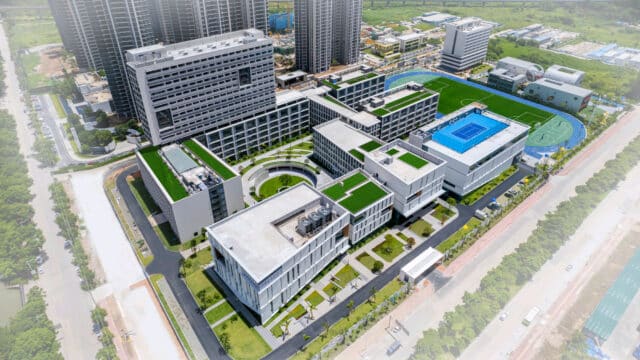
2023
Ardingly's first international school, Ardingly College Zhongshan, opens in Zhongshan, China
Read more
2023
Ardingly's first international school, Ardingly College Zhongshan, opens in Zhongshan, China
Ardingly College Zhongshan is the first Ardingly College International school. 70 minutes by ferry from Hong Kong, the school’s buildings have been designed and equipped to an exceptionally high standard. Ardingly College Zhongshan educates students from 3-18 years of age, with a curriculum that is a bilingual blend of Chinese, UK and IB content and pedagogy.
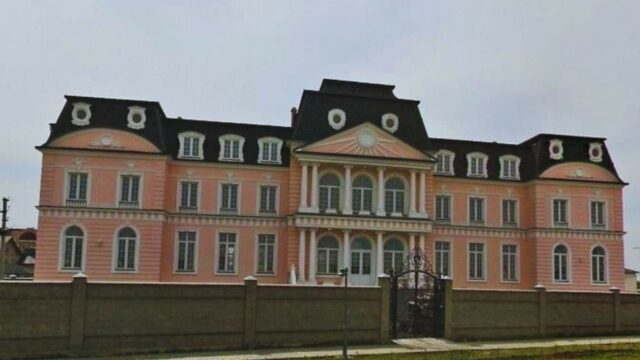
2024
Ardingly Astana, the first of Ardingly’s international schools in Kazakhstan, opens
Read more
2024
Ardingly Astana, the first of Ardingly’s international schools in Kazakhstan, opens
Ardingly is in the process of opening two new international schools in Kazakhstan; the first of which opened in Astana in September 2024, followed by a sister school in Almaty to open in September 2025. The partnership also includes the potential to open three further regional schools in Kazakhstan.
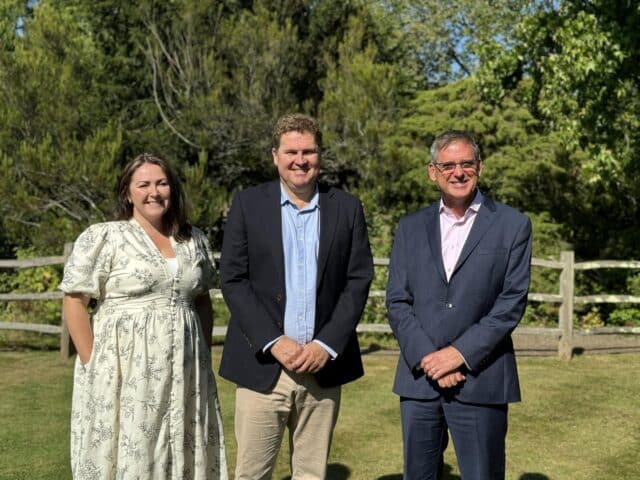
2024
Great Walstead Prep School joins Ardingly College’s family of schools
Read more
2024
Great Walstead Prep School joins Ardingly College’s family of schools
The two schools have enjoyed a close relationship for many years, with Great Walstead being a significant feeder prep school to Ardingly College’s Senior School. Crucially, both schools share a similar ethos of delivering an all-round education with a strong focus on the individual needs and interests of each child and inspiring their personal, academic, sporting, cultural and creative development. This new partnership will allow Great Walstead School to enter the next phase of its strategic development, to grow and develop for the future, while ensuring its long-term stability. It also ensures that local families retain the choice of a ‘through school’ option from 3 to 18 with Ardingly College, or Great Walstead’s more traditional Prep School offer until 13, with entry into a range of Senior Schools.
1858
1870
1871
1875
1875
1878
1881
1883
1912
1914-18
1927
1927
1934
1938
1939-45
1948
1958
1966
1972
1976
1988
1993
2001
2003
2019
2019
2020
2022
2023
2024
2024
